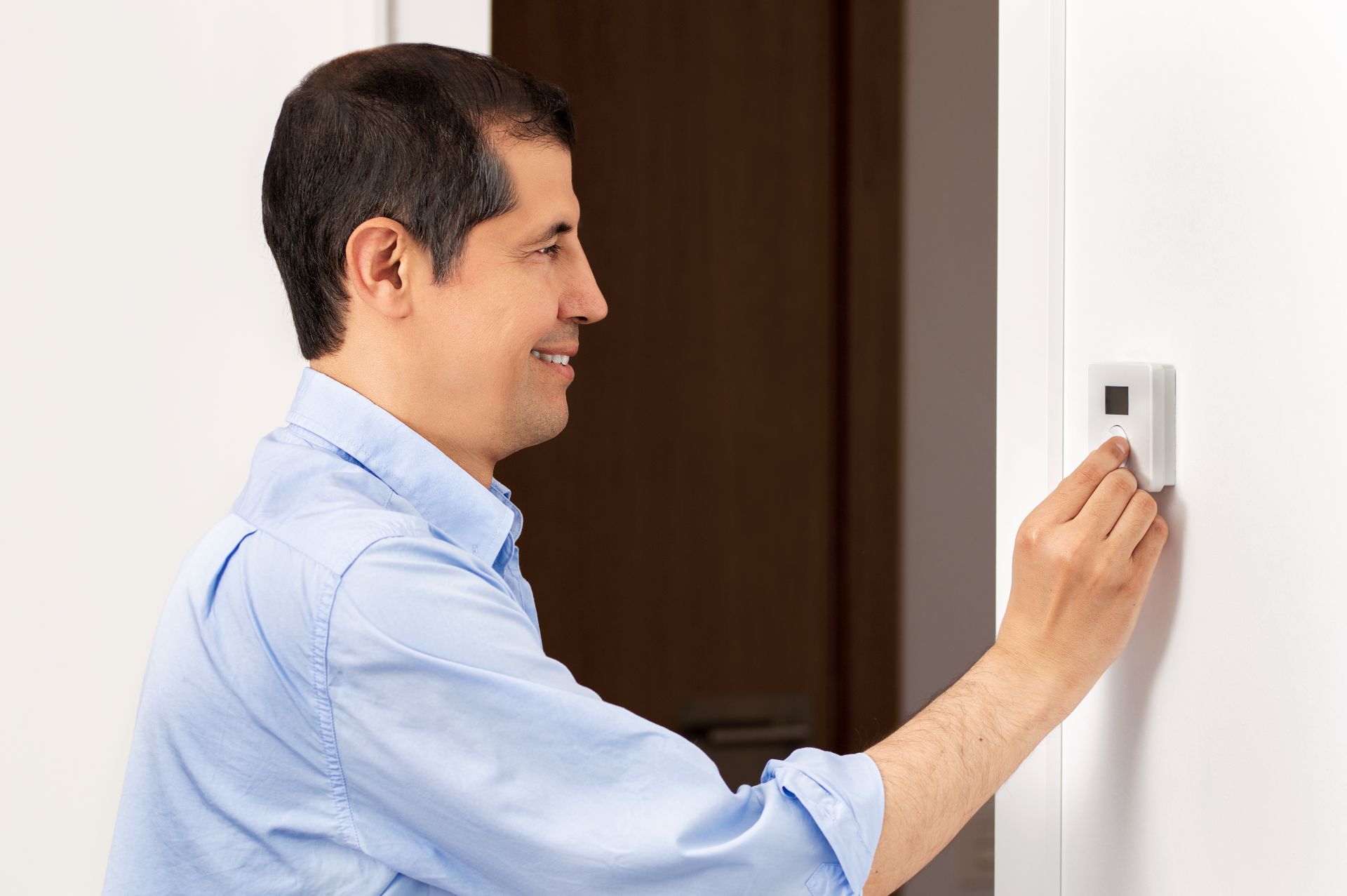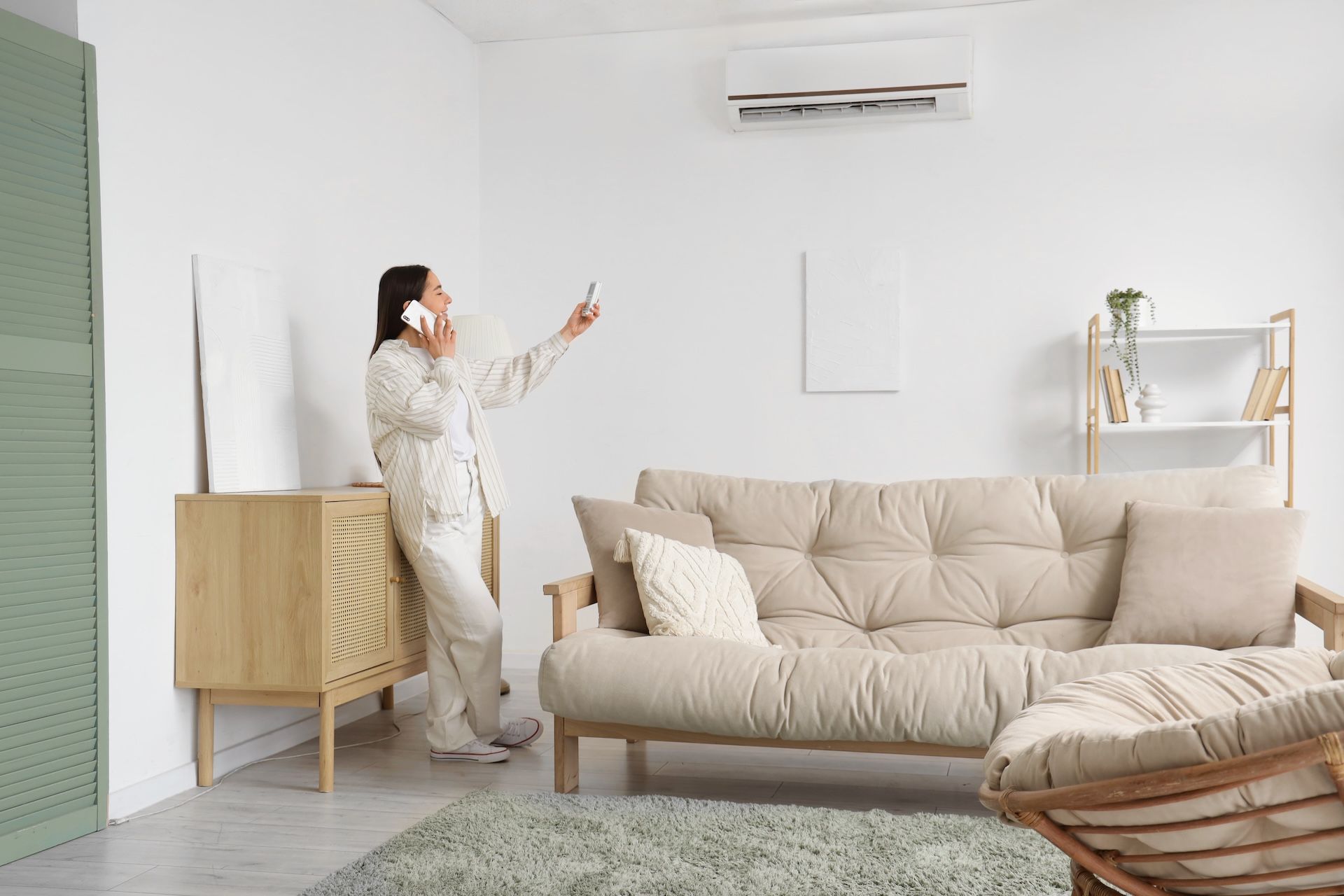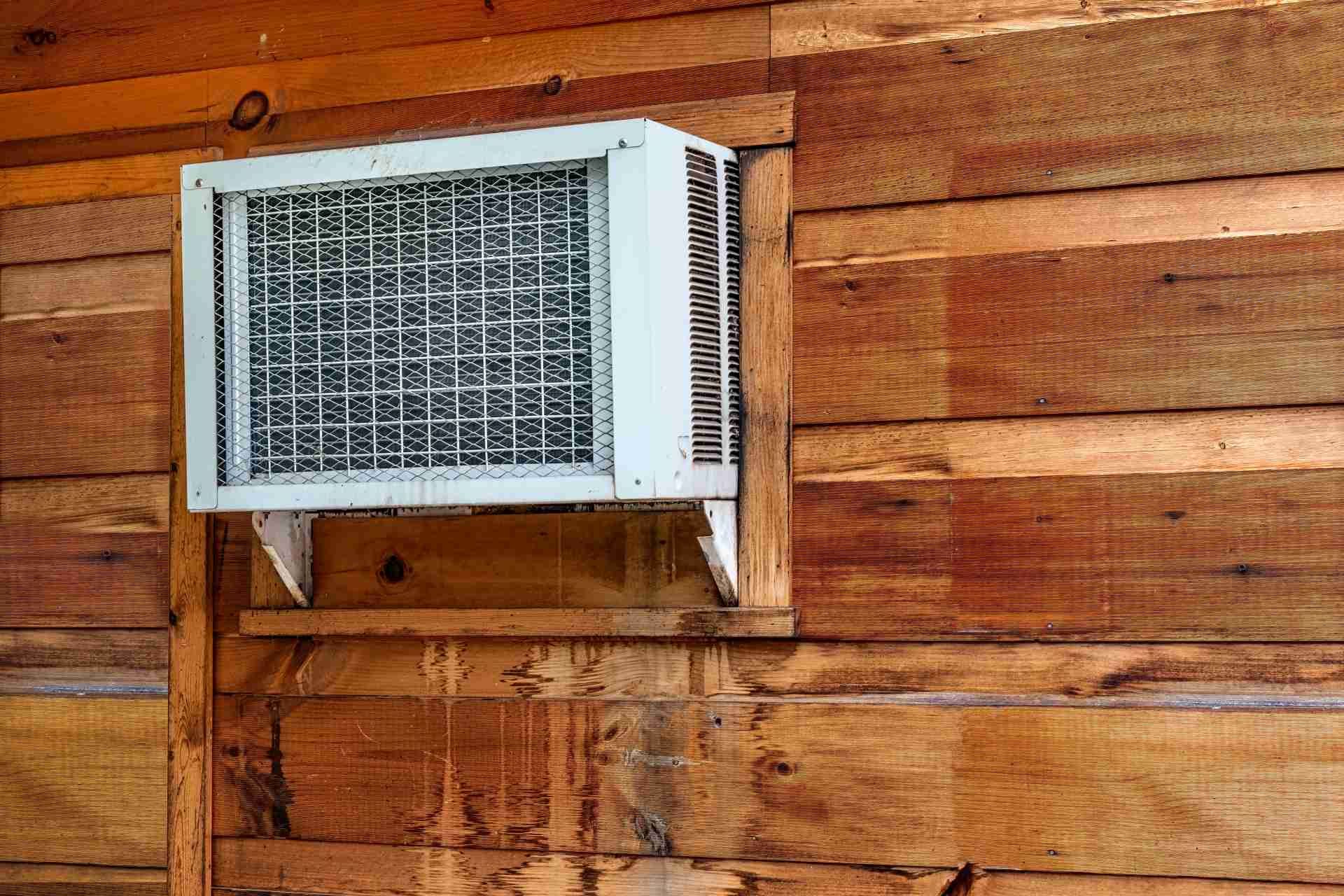Best Thermostat Setting for Lowering Your Energy Bill

Keeping your home comfortable while saving money on your energy bill is easier than you think. One of the simplest ways to do this is by adjusting your thermostat settings. Small changes can make a big difference in your energy costs without sacrificing comfort. In this article, we’ll share tips to lower your energy bill and guide you on the best thermostat settings for every season.
Why Thermostat Settings Matter
Heating and cooling your home accounts for a huge part of your energy bill about 51% on average in the U.S., according to the U.S. Energy Information Administration. That’s more than half of your energy costs! By managing your thermostat effectively, you can reduce energy use and save money.
Even adjusting your thermostat by just a few degrees can lead to significant savings. The U.S. Department of Energy reports that lowering or raising your thermostat by 7-10°F for 8 hours a day can reduce heating and cooling bills by up to 10%.
Best Thermostat Settings by Season
Spring and Fall
Spring and fall weather can be unpredictable. Sometimes you need heating, sometimes cooling. Here’s what experts recommend:
- Warm days: Set your thermostat to 78°F while at home. If you leave the house, increase it to 86°F.
- Cool days: Set it to 68°F when you’re home and awake. Lower it to 65°F while sleeping. If you’re away, drop it further to 60°F.
Most modern thermostats have an “Auto” mode, which allows you to set upper and lower temperature limits. Smart thermostats can even make these adjustments automatically.
Winter
During the winter, a comfortable temperature is 68°F when you’re home and awake. While sleeping or away, lowering it to 63-65°F can save more money. Dressing warmly indoors can make it easier to stay comfortable at lower temperatures.
If you have a heat pump, adjust the thermostat in small increments to avoid using less efficient backup heat strips. Heat pumps are most efficient when temperature changes are modest.
Summer
In the summer, a thermostat setting of 78°F is ideal while you’re home. If you leave for more than four hours, set it higher—up to 85-88°F. These adjustments can save up to 10% on cooling costs while keeping your home comfortable.
Sleeping
A good night’s sleep also benefits from the right temperature:
- Winter: 65°F
- Summer: 78°F
- Spring/Fall: 65°F when cool, 78°F when warm
This approach reduces HVAC usage and helps you sleep better.
Tips to Lower Energy Bill Beyond Thermostat Settings
- Use a Programmable Thermostat: Set it to automatically adjust temperatures while you’re away or asleep.
- Seal Windows and Doors: Prevent warm or cool air from escaping.
- Use Fans: Ceiling or portable fans can circulate air and allow higher thermostat settings in summer.
- Maintain HVAC Systems: Clean filters and schedule yearly maintenance to keep your system running efficiently.
- Block Direct Sunlight: Use shades or curtains to keep your home cooler in summer.
Smart thermostats often include energy-saving features like learning your habits and suggesting ideal settings for cost savings.
How to Find Your Ideal Thermostat Settings
Everyone’s comfort level is different. Start with the recommended settings and adjust a degree or two until you find your perfect temperature. Track your energy bills to see how changes affect your costs. Over time, small adjustments can add up to big savings.
Final Thoughts
Saving energy doesn’t mean sacrificing comfort. With the right thermostat settings and a few smart habits, you can keep your home cozy year-round while lowering your energy bills.
At Old School Cooling and Home Services, we’re committed to helping homeowners stay comfortable and energy-efficient. Whether you need HVAC maintenance, repairs, or expert advice on optimizing your home’s heating and cooling, our team is here to help.
Take control of your comfort and savings — contact Old School Cooling and Home Services today for trusted HVAC solutions that keep your system running smoothly all year long.
FAQs About Thermostat
Can I save money without a smart thermostat?
Yes. Manual adjustments and following seasonal recommendations can still reduce your energy bills significantly.
How much can I save by changing thermostat settings?
Adjusting your thermostat 7-10°F for 8 hours daily can save around 10% on heating and cooling costs.
Is it better to keep the thermostat constant or change it throughout the day?
Changing the thermostat when you’re asleep or away is more energy-efficient than keeping it constant.
What’s the best temperature for kids and pets?
68°F in winter and 78°F in summer are generally comfortable for everyone. Adjust slightly if needed for specific preferences.
Do heat pumps require different thermostat settings?
Yes. Heat pumps work best with small incremental changes in temperature to avoid using backup heating, which is less efficient.
Disclaimer: The information on this website and blog is for general informational purposes only and is not professional advice. We make no guarantees of accuracy or completeness. We disclaim all liability for errors, omissions, or reliance on this content. Always consult a qualified professional for specific guidance.






